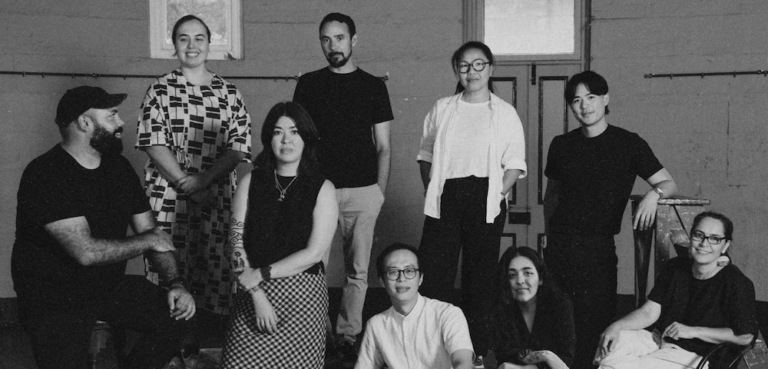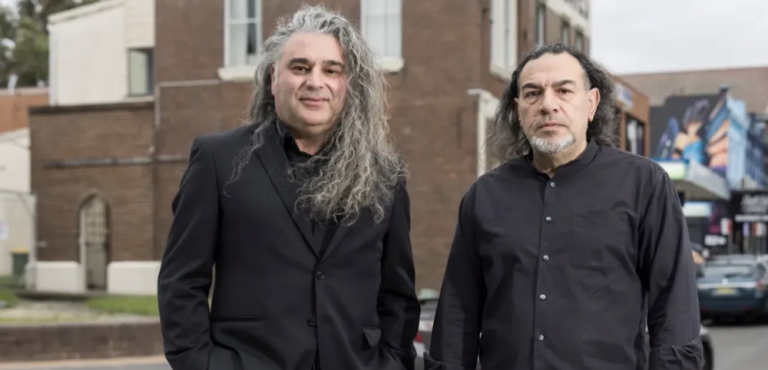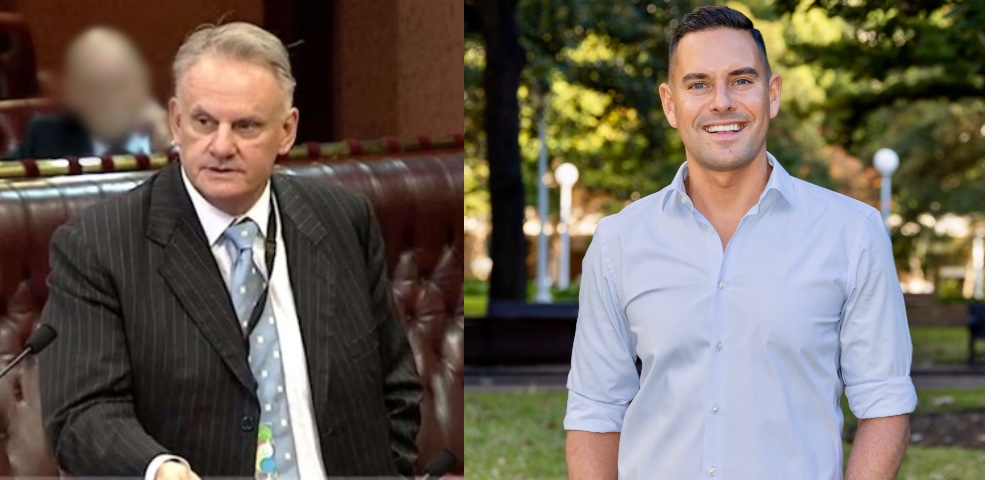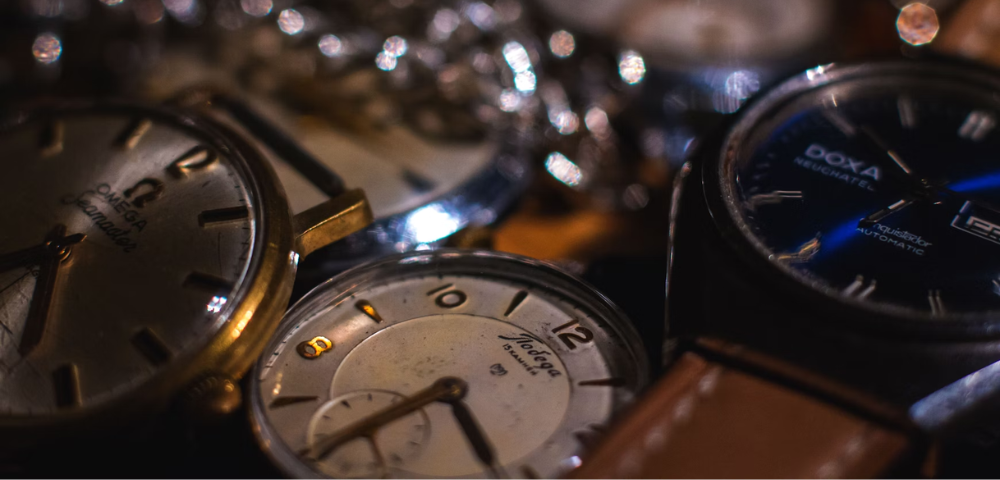
East Sydney honey a dream come true
While the rest of us are just becoming aware of the benefits of producing and eating local food, a tiny backyard in East Sydney has been producing prizewinning honey for over 20 years.
Charis and George Schwarz keep four hives on the roof of their tiny backyard shed under the shade of an old Mulberry Tree. To tend the hives they have to walk a plank suspended between the shed and their house.
The idea came to George in a dream.
“George was feeling a bit low and having a sleep one day when he just woke up and said ‘Bees!’, says Charis. She didn’t know what he was talking about until he said “We are going to keep bees!”
Neither had any experience in the field – George was a painter and photographer teaching at what is now the College of Fine Arts, and Charis was a Registered Nurse.
So they looked up the Yellow Pages for a teacher of beekeeping and found one in Mascot. Upon enrolling they were put “straight into the deep end” among hives in the Royal National Park. Their teacher did not believe in protective clothing and Charis was stung immediately, suffering facial swelling which has not recurred since.
Charis believes her teacher was almost addicted to the stings, apparently seeking them out.
A year after acquiring their own hives, the couple saw a swarm “coming down like a dark comet” from between two high-rise buildings in Oxford Street. The swarm settled near their home and with the help of neighbours were captured bare-handed and placed in a swarm box.
Now the hives produce 250–320 kg of honey per year which is sold in 2.5 kg containers, and in smaller jars via the East Sydney Neighbourhood Association as a fund-raiser.
The couple also make their own honey mead, a good dry white with 11.5% alcohol volume. It is reminiscent of Retsina but without the bitter pine taste.
The bees forage to a 4 km radius which puts the Botanic Gardens well within their range.
“There is always good stuff available for the bees in the Gardens,” says George, “and at different times of the year you can smell in the honey the different scents of whatever is flowering.”
Paperbark trees also provide seasonal pollen and nectar, resulting in a darker honey with a more acrid flavour.
Beehives are reasonably common in the city.
“When they went to put the spires on St Mary’s Cathedral they found the towers full of wax,” said Charis. “They had to hire a beekeeper-stonemason to remove it – and then the Cathedral sold the honey at $50 per kilo.”
The couple had also caught a swarm in Kent Street in the CBD.
East Sydney honey has done well at the Royal Easter Show, scoring five firsts, five seconds and four thirds in the Small Producers category. The honey is judged on colour, transparency, texture and taste.
by Michael Gormly









